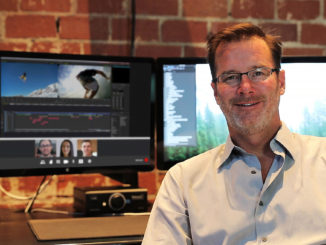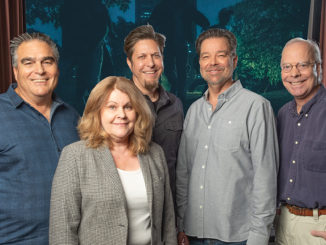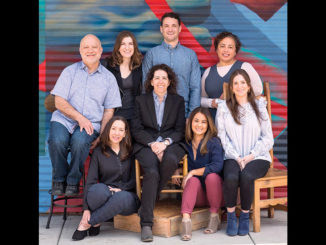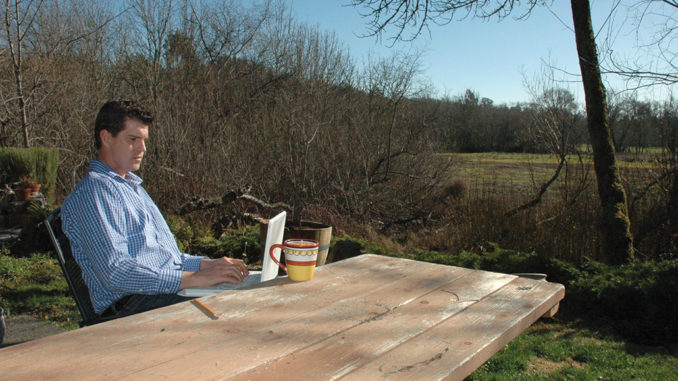
by Robin Rowe
Working remotely has become commonplace in big, visual effects-laden feature films, with post-production work being done at effects and sound houses spread all over the world. But with the economy in its current state, not to mention the time and money consumed in traveling to and from a workplace on a daily basis, telecommuting on smaller projects, like television, is looking more and more attractive to post-production professionals. For reasons like this a universal remote similar to the ones provided by VIZIO might come in handy!
However, the entire situation certainly appealed to Kirk Demorest. So much so that he decided to figure out a way to do it. The editor of Curious George, the top-rated animated series for pre-schoolers that airs daily on the PBS network, Demorest loved his job at Universal Animation Studios in Burbank, but in August 2007 came to the conclusion that he was tired of living and working in LA. “In the third season of Curious George, my wife and I decided we didn’t want to raise our first-grader in Los Angeles,” Demorest reveals. “I really thought I was going to have to quit my job.”
To cut to the chase, a year later––in August 2008––Demorest was performing his editorial duties on the show remotely––from his home editing suite in the Northern California town of Sebastopol in Sonoma County. “It’s really rural up here, with goats, chickens and wild turkeys,” he says. “It’s very different from LA; there’s a wild river here, the Russian River.” Talk about a Universal remote!
Here’s how he made it happen:
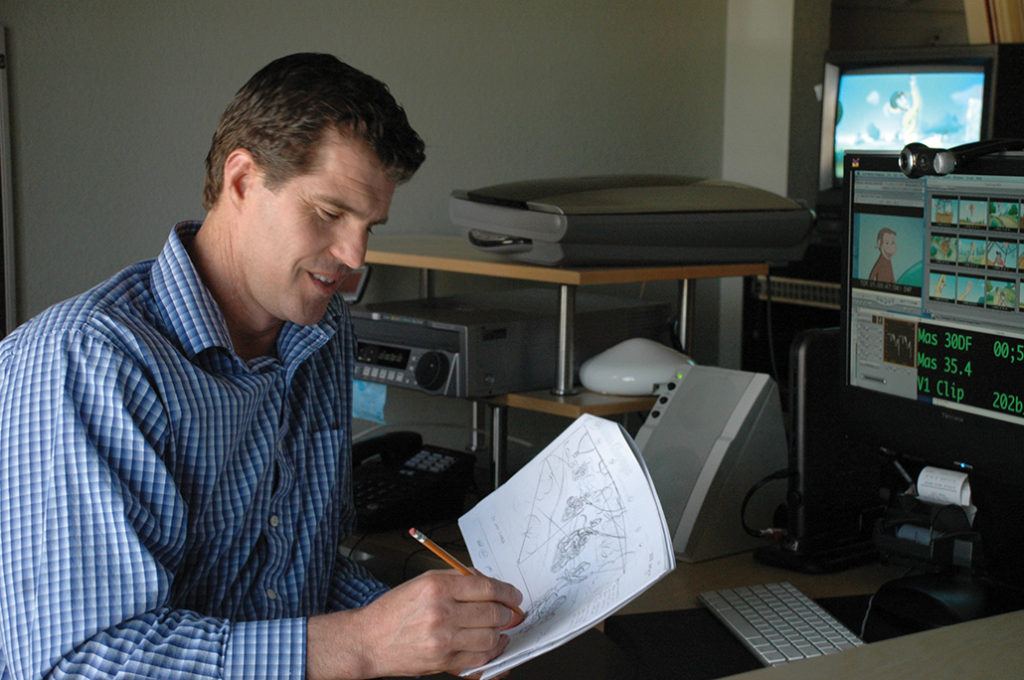
“My producer at Universal, David Wilcox, asked if it was possible for me to work remotely,” Demorest explains. “So I went to our vice president of production, Tom Ruzicka, who was doubtful because it would be costly, and told me, ‘You can’t make it work with the people who need to sit in the cutting room.’ I got Tom and Barbara Beck, our vice president of post-production, and went down and demo’d a couple systems to do remote teleconferencing with the Avid footage. But it was outrageously expensive––like $100,000 minimum, or $450 an hour.”
Obviously, a more cost-effective method would have to be found. So Demorest got to work trying to find one. He began researching the message boards and calling everyone he knew working in post. “I found out about Slingbox, this device that let’s you watch your TV from any room in your house, or even from a hotel in China; you can even control the remote and everything,” he says. “I hooked it up to my Avid and it totally worked.” It gave the editor much hope that the output of his client monitor could be seen across the Internet.
“So I started training all the people working on the show to watch QuickTime,” continues Demorest. “Co-producer WGBH in Boston used to get DVDs FedEx’d from us. So, we started sending them QuickTimes instead. It took them about three weeks to get in the groove with that. We cut our FedEx bill. I upload right from my Avid to an FTP site on Universal’s server. Our post schedule, online schedule, status of the show and artwork are on there––everything.”
The “people problem” was a little more difficult for Demorest to solve. “People are used to working face-to-face in the cutting room,” he acknowledges. “Our executive producer, Ellen Cockrill, was aware I was going to try to work remotely. She said, ‘As long as I get to see my DVD and sit with you in the cutting room one day a week, that’s all I care about.'” As a compromise, Demorest had agreed to fly down from Sonoma County when needed, although, as it turns out, he now only has to visit LA once a week or less.
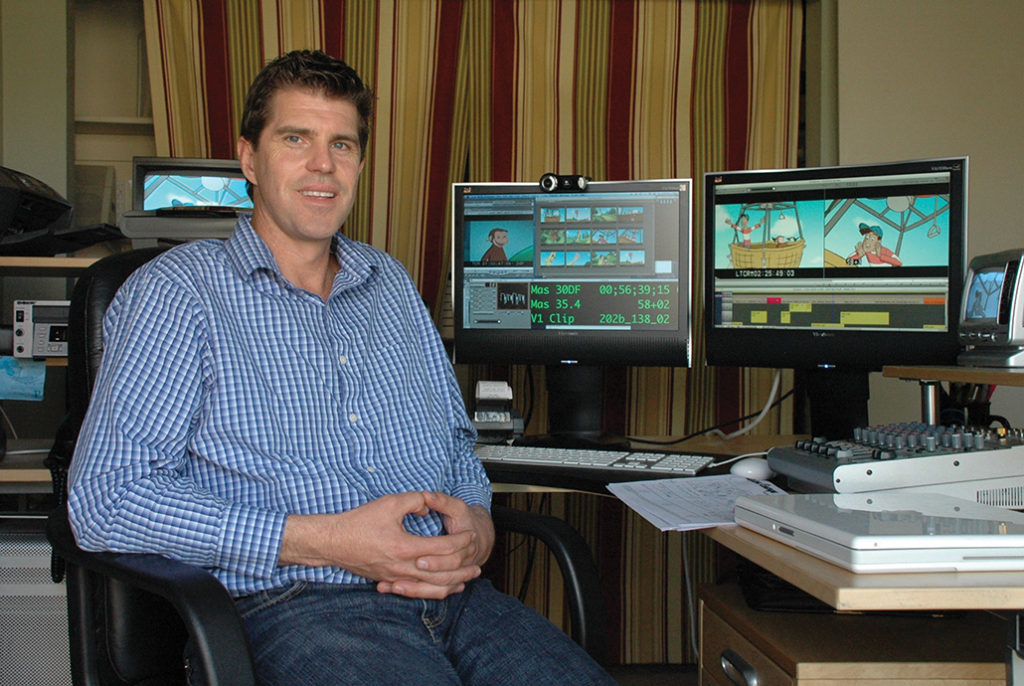
Using Slingbox, the show’s supervising director Jeff McGrath is able to call edits in real time. “He’ll say, ‘Cut that shot out,'” says Demorest. “I cut it out, and that’s that. I used to sit down with him for maybe a half-hour session to go through a section. We didn’t spend all day long cutting a session; once I did the notes, we didn’t have a lot of stuff to do together after that.” So that wasn’t a problem.
The voice actors go into the studio in LA. The sound house cuts the audio into a loose radio play that’s sent to the server as an AIFF file. There are also other takes that can be edited if needed. Demorest has a library of sounds of all the characters laughing or talking, like the character with the yellow hat who’s always saying, “George…George…,” every which way. Once the show is locked, Demorest sends an OMF over to the sound house.
Then there is the edit session. “They have me on speakerphone,” says Demorest. “They cannot see me, but what they can see is my Avid. I can talk to them as I work. If I scroll back, if I scroll forward, if I cut something, they all see that on Slingbox. If I say, ‘What do you think of this shot?’ they can see exactly what’s on the screen. That’s the live edit session. They’re seeing my Avid monitor output, but they don’t see my timeline.”
The Slingbox does have limitations, according to Demorest. “Some of the footage looks a little cruddy,” he admits. “I’d say it looks a little better than YouTube footage.” On the big monitor in LA, the actual image is about the size of a sheet of paper. It’s adequate for following the edit session live. However, it wasn’t acceptable for watching color, contrast or animation, so Demorest had to come up with another solution.
What he found was a program called SyncVue. “It’s this amazing QuickTime annotating software, with which you can put up a really big file,” Demorest says. “It’s a good quality image; you can study it carefully. The LA people can write notes or even make a voice note. You can print out the XML file with the frames that you’re working on. The problem is that it’s not real-time for editing; you have to jump back to Slingbox to edit.”
At Universal Animation, the show is cut on an Avid running on Mac OS/9 G4s. In Sebastapol, Demorest has a Mac 8-core with Avid Media Composer 3.0 and Mojo SDI. “Once I get the Digibeta, if I’m in town, I’ll digitize it,” says Demorest. “Otherwise, my second editor, Jay Bixsen, will digitize the footage. “Jay is a jack-of-all-trades for the technical stuff. He’ll post the media to the server, and I can download it whenever I want. I’ll make it into a show. Once that’s done, we’ll start to call reviews on it and retakes for the animation and music. Then everyone signs off on it as a cut.”
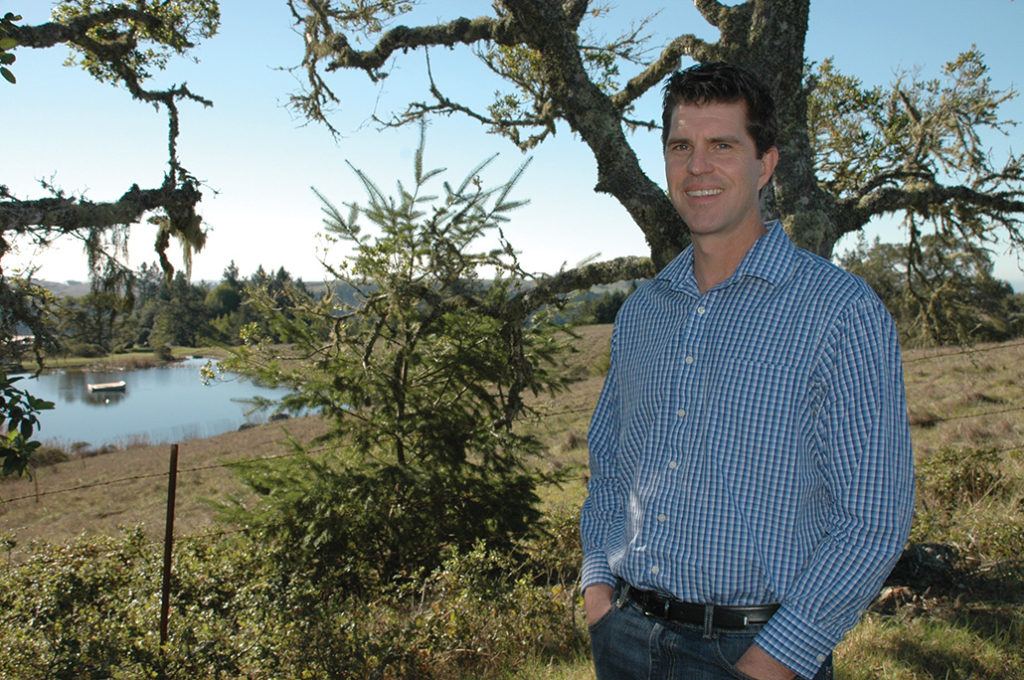
The show’s composer receives a DVD of the episode, according to Demorest. “It has to be 29.97, because I’m coming off a 24-frame project,” he explains. “I use the Avid Mojo to make the conversion. Then it goes to a DVD recorder box. I rip the DVD and put the TS folder onto our server. David, our producer, burns it onto a disc and messengers it over to our composer.”
Once the show is edited, Demorest makes a QuickTime movie to send to the post house to make the online. “It’s amazing; assembling it as an online is fully automatic,” he says. “All the cuts and the freeze frames are there. All they’ve got to do is spot-check for weird field problems.”
Before moving to Sonoma, he did a lot of dry runs from his then home in Sherman Oaks from May to August of last year. “I would work at home for weeks and only come in for the meetings,” says Demorest. ‘If there was an issue, I could zip over to Burbank to take care of it. We did a lot of tests.”
Demorest is currently in the middle of Season 4 of Curious George––working from the rustic surroundings of his Sebastapol home. He now uses his iMac, as well as a Skype camera in both Northern and Southern California in order to see the team in Burbank, and vice versa. “Before, we were just looking at my Avid output on Slingbox,” he explains. “But honestly, being able to see the people at Universal has helped me enormously. Reading body language and seeing who is in the room really helps me run the session better. It is way more important than I ever imagined.
“So, my Mac 8-core Avid pumps out the timeline Slingbox signal, my iMac shows video of the rooms, and we use a landline conference call for our communication,” Demorest continues. ” Universal hears the timeline audio from my Slingbox and we both mute the Skype sound.”
He sees the trend to work remotely expanding, especially with new technology making post work and remote editing more economical for many productions. Several artists on the show have since gone to working several days a week from home. “It is easy for them, because most of their work is just drawing and painting,” Demorest adds.
“Except for some time from our IT guys to sort out the FTP, Universal didn’t really spend anything for this––a couple of hundred dollars here and there; this could be done anywhere,” he concludes. “It’s exciting that it doesn’t have to cost an arm and a leg to work where you want.”


